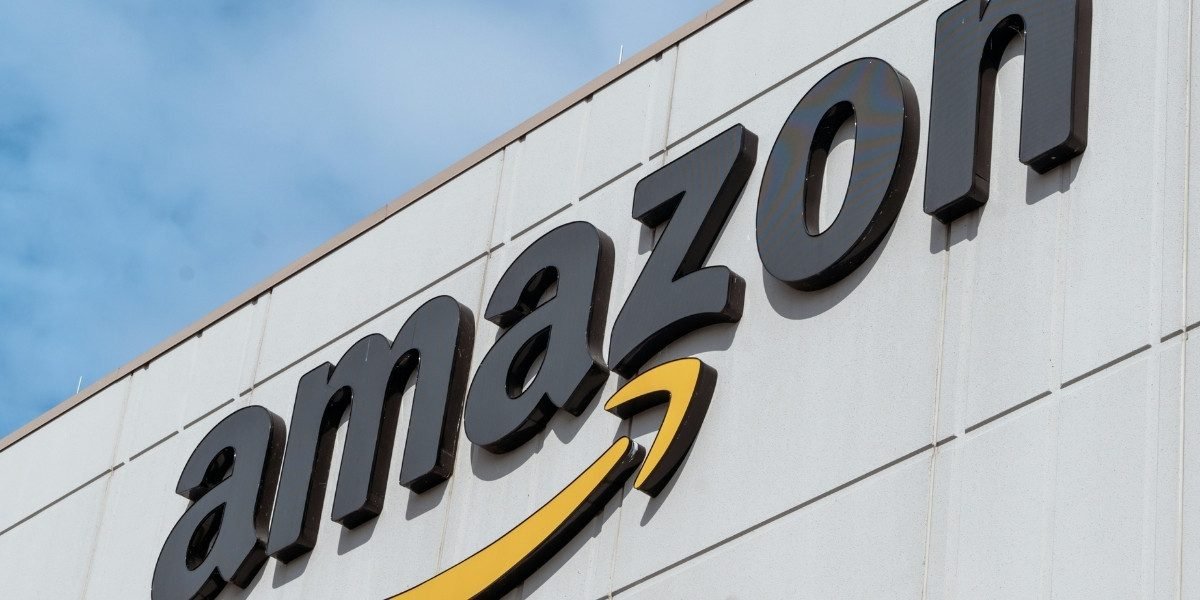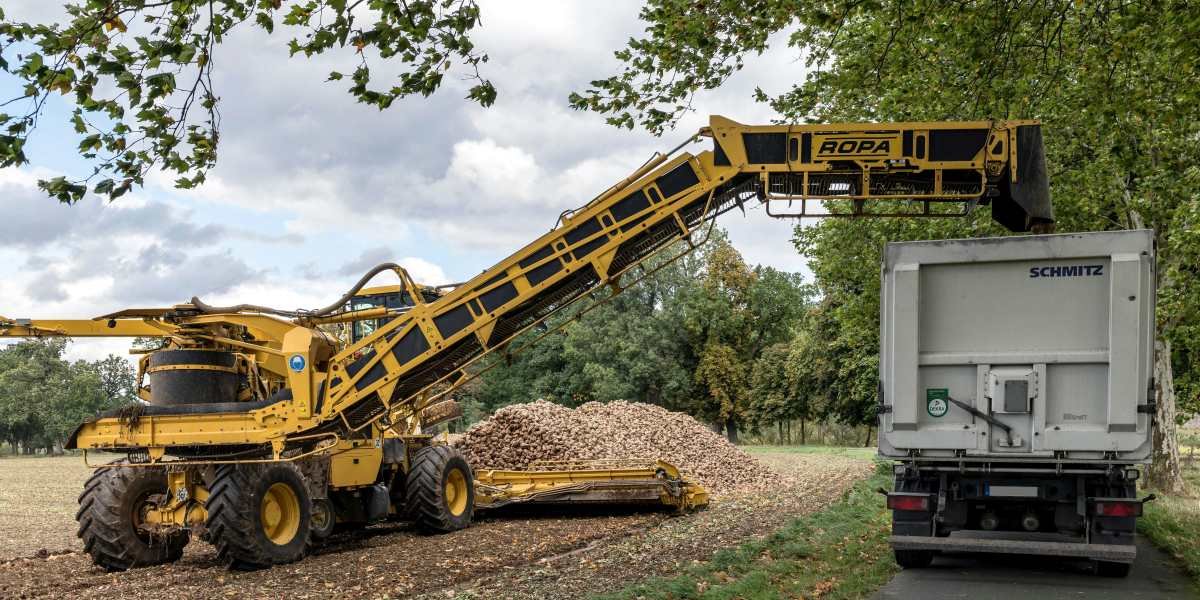Amazon’s recent wave of layoffs has drawn intense scrutiny from industry watchers and investors alike. While many expected the cuts to be a result of cash flow concerns or advancements in artificial intelligence, CEO Andy Jassy has pointed to a different culprit: the company’s culture. In a recent earnings call, Jassy explained that the layoffs were a strategic move to address internal cultural inefficiencies, with a focus on streamlining operations to adapt to a rapidly evolving market.
The Layoffs: A Strategic Cultural Shift at Amazon?
Over the past year, Amazon has shed thousands of jobs, particularly in its corporate and tech divisions. While layoffs are a common feature in the tech industry, especially amid economic uncertainty, Amazon’s case is different. Rather than citing the need to cut costs or eliminate redundant roles due to AI automation, Jassy has placed the blame squarely on Amazon’s “culture.”
Jassy’s assertion signals a shift in the company’s strategy. Amazon, once known for its aggressive expansion and fast-paced growth culture, is now rethinking how it operates internally. The layoffs, according to Jassy, are designed to “streamline” the company’s operations and promote a more focused, agile organizational structure. This strategic pivot is seen as a response to both external market challenges and internal inefficiencies that have emerged during Amazon’s rapid growth.
For investors and market analysts, understanding this shift is crucial. It suggests that Amazon is positioning itself for long-term resilience by refining its internal structures, rather than relying solely on external factors like cost-cutting measures or technological automation. This pivot could potentially strengthen the company’s ability to weather future market fluctuations, but it also raises questions about the sustainability of its current business model.
The Culture Problem: How Amazon’s Internal Dynamics Have Evolved
Amazon’s cultural transformation is not a new topic. Over the years, critics have pointed out that the company’s hyper-competitive environment and focus on relentless productivity have led to employee burnout and high turnover rates. Jassy’s statement about culture suggests that Amazon is acknowledging these internal tensions and attempting to recalibrate.
The company’s culture has always been a double-edged sword. On one hand, its “fail fast” approach to innovation and its customer-obsessed philosophy have driven Amazon’s remarkable success. However, the same drive for innovation has often led to an unsustainable work environment, where employees are expected to perform at extraordinarily high levels without always receiving adequate support.
In recent years, Amazon has faced increasing pressure to improve its employee relations, with labor protests and calls for better working conditions surfacing regularly. By focusing on culture in his explanation of the layoffs, Jassy seems to be positioning the company to improve its internal dynamics, aligning it with modern corporate governance standards that emphasize employee well-being alongside operational efficiency.
For market-savvy investors, Jassy’s comments suggest that Amazon is preparing for a post-pandemic reality in which the emphasis shifts from rapid growth to sustainable, long-term growth. This could have significant implications for the company’s market valuation, particularly as investors increasingly prioritize ESG (Environmental, Social, and Governance) factors in their decision-making.
AI and Automation: A Tighter Integration, Not a Replacement

Photo Credit: Unsplash.com
Although AI is often blamed for causing job losses in other tech companies, Jassy made it clear that the recent layoffs were not the result of AI or automation. Instead, Amazon is integrating AI in a more strategic and deliberate way, aligning it with the company’s existing workforce rather than replacing jobs wholesale.
Amazon has been investing heavily in AI for years, utilizing the technology across a range of business functions, from supply chain optimization to cloud computing services. However, unlike some of its competitors, Amazon has yet to fully automate many of its core operations. The company’s reliance on a large, diverse workforce has allowed it to maintain flexibility and adapt to changes in consumer demand.
For investors, this focus on strategic integration rather than wholesale automation is an important distinction. It suggests that Amazon is working to balance its technological investments with a workforce that can adapt to new tools and processes. This hybrid approach may ultimately position Amazon to capture the benefits of AI while preserving jobs and fostering a more sustainable, adaptable corporate culture.
Financial Implications: How Investors Should Respond
Jassy’s comments regarding culture and layoffs highlight a broader trend in the tech sector—companies are increasingly recognizing the need to adjust their internal dynamics to ensure long-term stability. While this may signal a shift toward more sustainable business practices, it could also create short-term volatility as Amazon and other tech giants adjust their strategies.
For investors, the key takeaway is the importance of understanding the long-term strategy behind these layoffs. While short-term cost savings may be a byproduct of the restructuring, Amazon’s emphasis on improving its culture and operations points to a deeper commitment to long-term growth and sustainability. Investors should watch closely for any future announcements related to workforce changes or organizational shifts, as these could provide further insights into how Amazon plans to navigate its next phase of growth.
The market will likely continue to react to Amazon’s efforts to balance innovation with cultural sustainability. As Jassy focuses on streamlining operations, investors should also keep an eye on how these cultural changes translate into financial performance. Amazon’s ability to adapt to the evolving market landscape—while maintaining a more balanced approach to growth—will be crucial in determining its future market trajectory.
The Road Ahead for Amazon: A Path to Sustainable Growth?
Amazon’s ongoing transformation is far from over. The company’s layoffs, framed within the context of a broader cultural shift, represent an attempt to recalibrate its internal operations for long-term success. By focusing on improving its corporate culture, Amazon is positioning itself to continue leading in a rapidly changing market environment. For investors, the key will be closely monitoring the company’s strategic moves and assessing how they impact Amazon’s ability to innovate and grow sustainably.
As the company continues to refine its approach to culture, labor, and technology, Amazon’s long-term value will increasingly depend on its ability to balance profitability with social responsibility—a challenge that many of today’s largest tech companies are facing.







